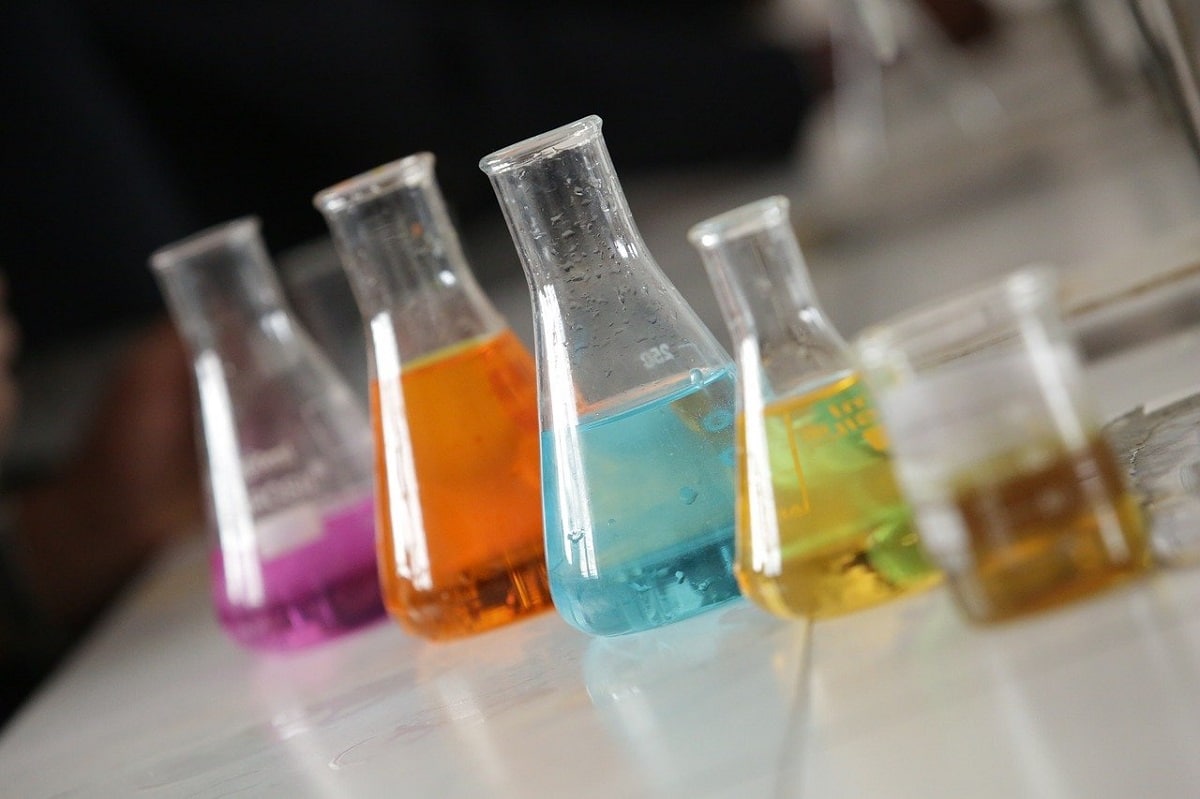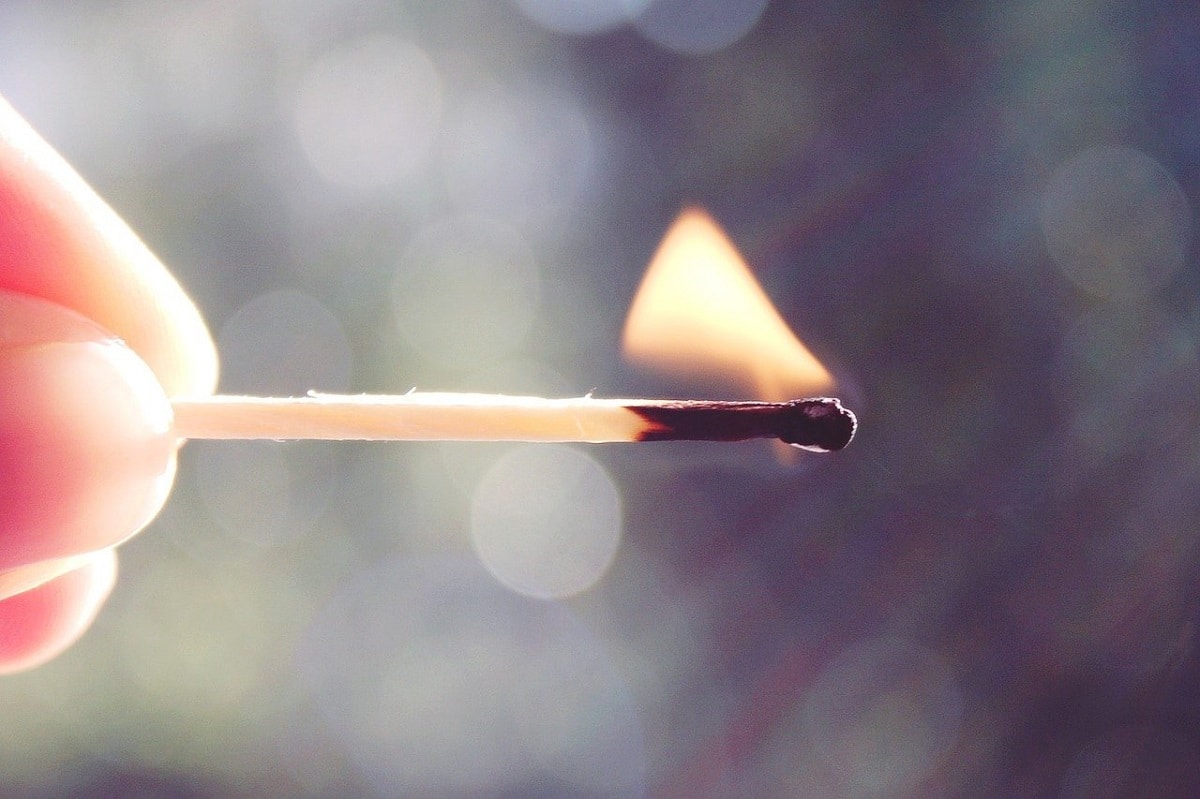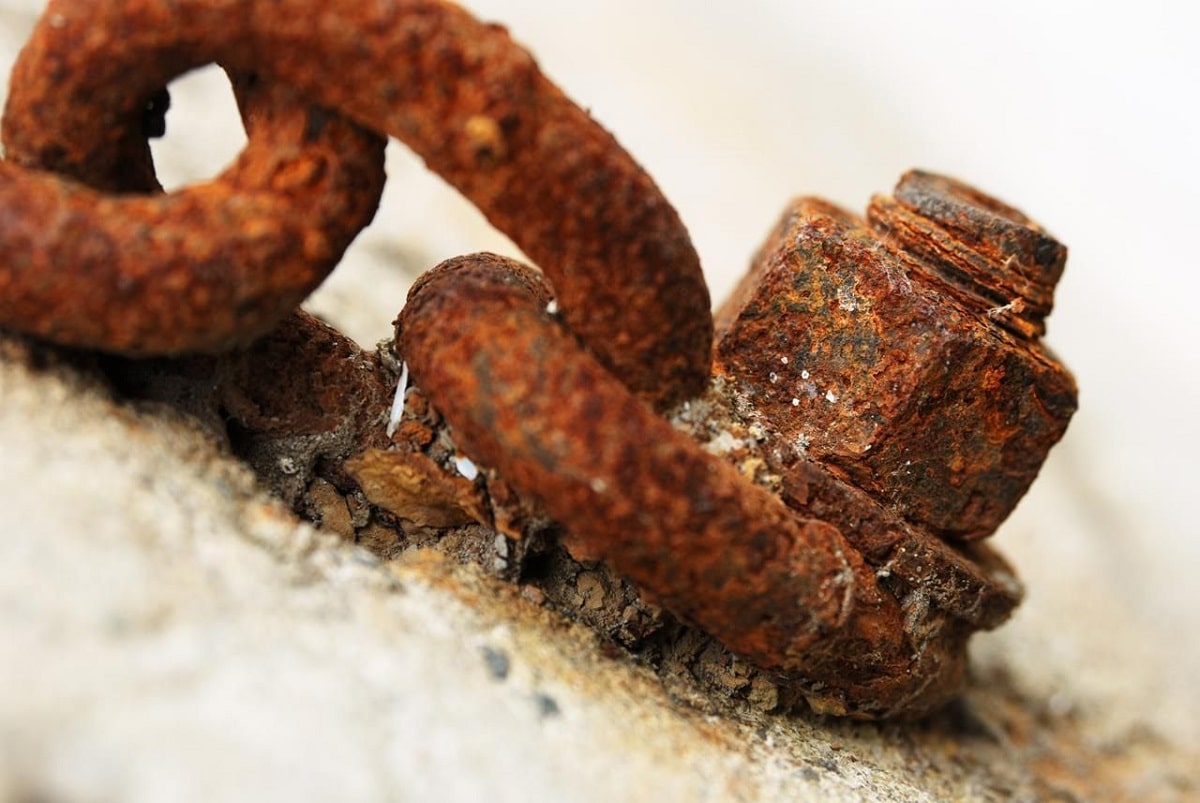
A chemical change is an alteration of matter that changes its chemical structure, that is, it changes its properties, not just its shape. This means that a chemical change, also known as a chemical reaction or chemical phenomenon, involves breaking and forming chemical bonds in one substance or compound to form a new substance or compound. There are numerous chemical changes worldwide.
For this reason, we are going to dedicate this article to telling you what are the main chemical changes that exist and an example of them.
What are chemical changes?

When two or more substances (called reactants or reactants) undergo a chemical reaction, changing their chemical structure in the process and being able to consume (endothermic reactions) or release (exothermic reactions) energy, producing two or more substances (called a product). Some chemical reactions are dangerous to humans because they may involve or produce toxic or corrosive compounds. Other reactions, such as certain exothermic reactions, can cause explosions.
In the chemical industry, many materials that we use in our daily lives are produced through controlled chemical reactions. Some reactions occur spontaneously, others have to be produced by humans in factories or chemical laboratories. A chemical reaction takes a specific amount of time to occur. depending on the nature of the reactants and the conditions under which the reaction occurs.
Therefore, factors that affect the rate of chemical reactions generally include:
- The temperature rises. An increase in temperature tends to increase the rate of a chemical reaction.
- increased pressure. Increasing the pressure generally increases the rate of a chemical reaction. This usually occurs when substances that are sensitive to pressure changes, such as gases, react. In the case of liquids and solids, pressure changes do not cause significant changes in their reaction rates.
- Reagent aggregation state. Solids generally react more slowly than liquids or gases, although the speed also depends on the reactivity of each substance.
- Use of catalyst. They are substances that are used to increase the speed of chemical reactions. These substances do not interfere with the reaction, they just control the rate at which the reaction occurs. There are also substances called inhibitors, which are used in the same way but have the opposite effect, slowing down the reaction.
- light energy. Some chemical reactions speed up when light falls on them.
- Reagent concentration. Most chemical reactions occur faster if the concentrations of the reactants are high.
Examples of Chemical Changes

Any chemical reaction is a perfect example of a chemical change, even those that take place inside our bodies. Some examples are:
- Breathing. This is a chemically altered biological process in which oxygen is taken from the air and used to react with the glucose we get from food, producing high levels of chemical energy (ATP) and large amounts of waste carbon dioxide (CO2). which must be excreted.
- Acid rain. It occurs in environments with severe air pollution. It is usually the result of a chemical change between water stored in clouds and other gases dispersed in the air, whose sulfur oxide or nitrogen oxide content creates sulfuric acid or nitric acid that falls with rainwater to form salt. The reaction that takes place inside the battery is between the acid and the metal. For example, a battery that uses lead and sulfuric acid produces lead(II) sulfate, a white salt. Ozone decomposition. Ozone molecules break down into oxygen molecules under the action of some kind of light.
Chemical change and physical change

Physical changes to a substance do not change its composition, that is, they do not change the chemical structure of the substance, so substances cannot be broken down or formed by physical changes. Physical change simply changes the physical properties of matter, such as shape, density, and state of aggregation (solid, liquid, gas). Physical changes, on the other hand, They are usually reversible because they change the shape or state of matter, but not its composition.
For example, when water boils, we can turn a liquid into a gas, but the resulting vapor is still made up of water molecules. Conversely, if we freeze water, it becomes solid, but is still chemically the same substance.
Another example is the liquefied gas we use in our cigarette lighters, usually butane (C4H10) or propane (C3H8) which turns liquid when high pressure is applied, but does not change its chemical composition.
A chemical change changes the arrangement and bonding of the atoms in a substance so that they combine in a different way, resulting in a different substance than the original. When a chemical change occurs, you always end up with the same amount of substance you started with, even if it's in a different ratio, because matter can't be created or destroyed, only transformed.
For example, if we react water (H2O) and potassium (K), we will obtain two new substances: potassium hydroxide (KOH) and hydrogen gas (H2). This is a reaction that generally releases a lot of energy and is therefore very dangerous.
Examples of chemical changes in matter
Baking cookies or cakes
Common things like cookies, cakes, cupcakes, etc. hide a chemical reaction called fermentation, in which the dough rises due to the gases produced by the yeast. In bread making, yeast converts starch to glucose.
Digestion
The digestion of food is an obvious example of the chemical change of matter through hydrolysis (the breakdown of organic matter by the action of water). The food we eat in the form of fruits, vegetables, meats, etc., they go through a process of mixing with gastric juices to better absorb nutrients and convert them into various substances according to the needs of the organism.
In the same process, the excess elements or toxins are eliminated from the organism in a different way than the original one; in the form of feces, urine, sweat, etc.
Pulque
Fermentation is a catabolic process in which glucose molecules break down due to lack of oxygen. Some of the alcoholic beverages obtained through the fermentation process are cider, beer, and soft wine, the latter being one of the least known beverages in the world. Pulque is obtained from the agave plant through an artisan processl, in which the maturation of the substance is key to obtaining the final product, which is white, sour and viscous, with a very specific flavor that does not suit any palate.
Fermentation also occurs during the making of bread, yogurt, and cheese, among others.
Caramelo
Caramel is a basic example of a chemical change in substance, as solid white sugar, heated for a few minutes, turns into an amber-colored goo with a pleasant aroma. In other words, a product completely different from the original is generated.
I hope that with this information you can learn more about chemical changes and their examples.